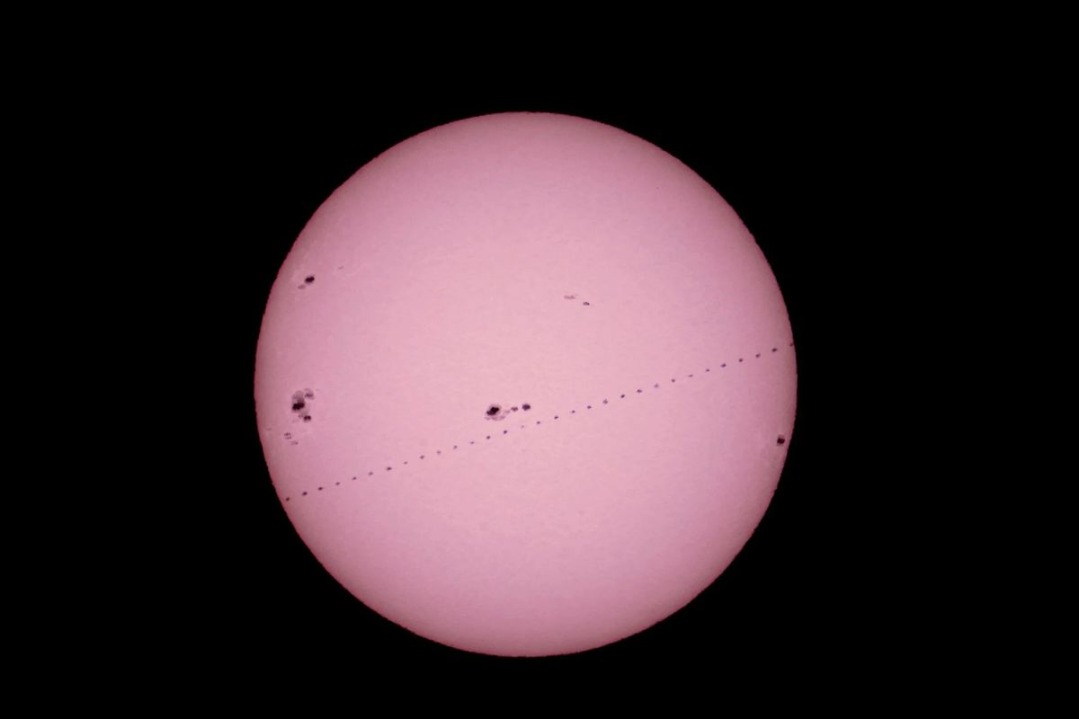Lasers in space ready to start sending data

China Aerospace Science and Industry Corp, a major space contractor, has deployed a set of advanced laser communication devices in space and will soon carry out a host of technological tests, according to a project leader.
Song Xiaoming, president of the CASIC Second Academy, said that the devices, called Weihai-1 laser communication terminals, were designed and built by engineers from his academy's Beijing Institute of Remote Sensing Equipment and Harbin Institute of Technology. The devices were onboard two satellites placed in orbit by a Smart Dragon 3 rocket launched in early February from the South China Sea, he said.
"From this month to June, engineers will operate the devices to conduct a number of tests related to inter-satellite and space-ground laser communications as well as inter-satellite telemetry and telecommand," Song said. "After the in-orbit tests, the equipment will start formal operation."
He said that with the rapid growth of China's marine economy, the market demand for oceanic and maritime data continues to rise, and users want such data transmitted in large quantity and in real-time, and that was why the Weihai-1 terminals were built and launched.
The Weihai-1's deployment marked the first time the laser communication technology has been used in ocean remote-sensing operations by China, he said.
Remote sensing refers to the process of detecting and monitoring the physical characteristics of objects on land or at sea by measuring the targets' reflected and emitted radiation.
The devices feature high-precision aiming and tracking, ocean atmospheric turbulence correction as well as other advanced technologies. They are capable of real-time, large-capacity transmission of remote-sensing data about designated sea areas and ships, Song said.
He added that each of the devices weighs only 8 kilograms and can work for at least five years in orbit.
Song made the remarks on the sidelines of the second session of the 14th National Committee of the Chinese People's Political Consultative Conference, which opened in Beijing last Monday. He is a member of the CPPCC National Committee, the top political advisory body in China.
According to engineers at Song's academy, laser communication technology has become increasingly important in the satellite business, especially in the operation of low-orbit internet satellite networks.
"A major attraction of laser communication is that it will be able to transmit a vast amount of data that far exceeds the capacity of microwave transmission equipment on existing satellites, so it is the preferred choice for the low-orbit internet satellite network," said Qiao Yuanzhe, who conducts research on laser communication technology at the Beijing Institute of Remote Sensing Equipment.
- PLA carries out drone training operations near Dongsha Islands
- PLA monitors US naval vessels transiting the Taiwan Strait
- Losar warmth in a new home
- New carrier rocket built by Beijing company fails in maiden flight
- Toxic gas leak in Anhui classified as major work safety liability accident
- Xiamen Marathon runners banned for smoking on course




































